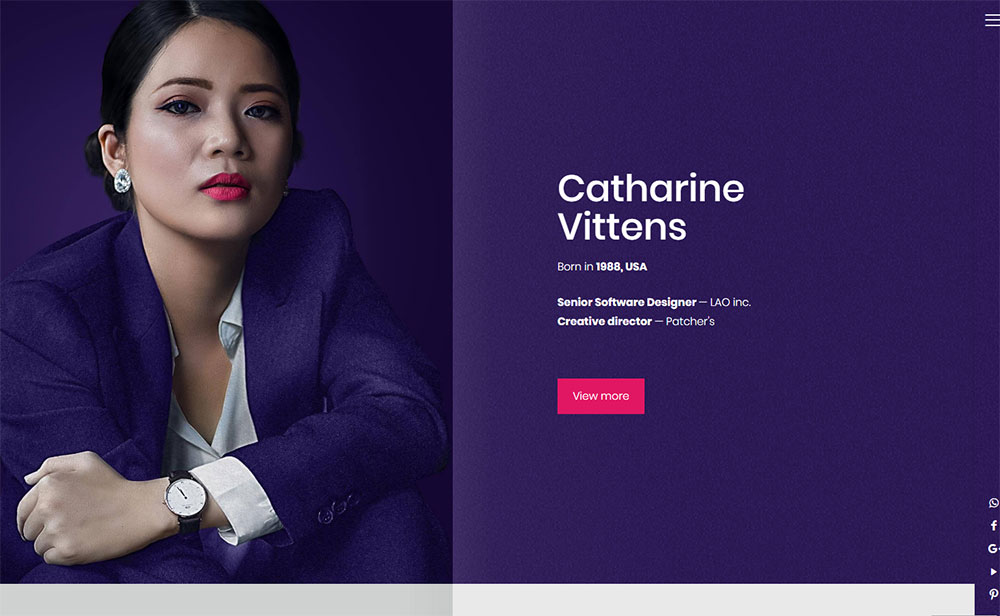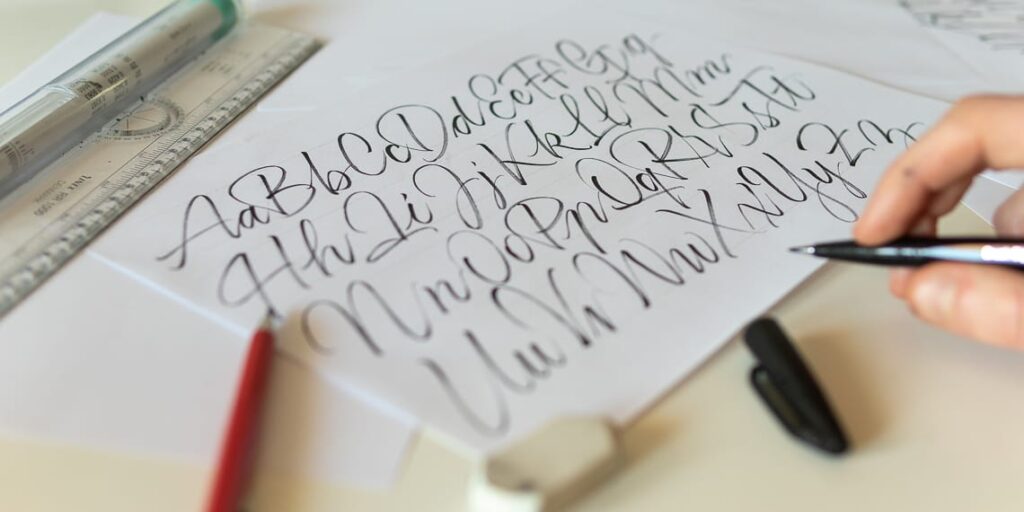Creating a blog that captivates and retains readers can be challenging. One of the most critical factors in achieving this is the blog format. The way you present your content can significantly impact reader engagement and retention. In this guide, we’ll explore seven essential tips on how to format your blog to enhance reader interaction and boost your blog’s overall effectiveness.
Why Blog Format Matters
Before diving into the tips, it’s crucial to understand why blog writing format plays such a pivotal role. A well-organized blog makes it easier for readers to navigate your content, find the information they need, and stay engaged. A poorly formatted blog, on the other hand, can frustrate readers and drive them away. By optimizing your blog format, you can improve readability, maintain reader interest, and ultimately achieve your blogging goals.
1. Start with a Catchy Introduction
The introduction is your chance to grab readers’ attention and set the stage for what’s to come.
Why a Strong Introduction is Key
- Hook Your Readers: A compelling opening can draw readers in immediately.
- Set Expectations: Clearly outline what the blog will cover, so readers know what to expect.
Tip: Use an intriguing question, a surprising fact, or a brief anecdote to kick off your blog. Ensure that the introduction is aligned with the blog writing format and gives readers a reason to keep reading.
2. Use Headings and Subheadings Effectively
Headings and subheadings are not just for organizing your content; they are also essential for readability and SEO.
The Benefits of Clear Headings
- Improves Readability: Helps readers quickly scan and understand your content.
- Enhances SEO: Incorporate primary and top keywords in headings to improve search engine rankings.
Tip: Use H2 for main sections and H3 for sub-sections. This hierarchical structure helps readers navigate your blog with ease and makes your blog format more user-friendly.
3. Incorporate Bullet Points and Lists
Bullet points and lists are fantastic for breaking down complex information into digestible chunks.
Why Lists Work
- Simplifies Information: Makes it easier for readers to grasp key points.
- Enhances Engagement: Keeps readers’ attention focused and helps them quickly locate important details.
Tip: Use bullet points or numbered lists for summarizing key takeaways or steps in a process. This is a great way to make your blog writing format more engaging and effective.
4. Use Short Paragraphs
Lengthy paragraphs can be a real hassle and make it tough for readers to stay engaged. Keeping paragraphs short improves readability and keeps readers engaged.
The Advantages of Short Paragraphs
- Easy to Read: Readers can quickly scan short paragraphs without losing their place.
- Increases Engagement: Keeps the flow of content smooth and inviting.
Tip: Aim for 2-4 sentences per paragraph. This simple adjustment can make a significant difference in how readers interact with your blog.
5. Add Visual Elements
Incorporating images, infographics, and videos can greatly enhance your blog’s appeal and effectiveness.
How Visuals Enhance Your Blog
- Breaks Up Text: Provides visual breaks and makes your content more engaging.
- Supports Content: Helps illustrate points and provides additional context.
Tip: Ensure that visual elements are relevant to the content and are optimized for fast loading. Properly formatted visuals can complement your blog writing format and add significant value to your posts.
6. Include Internal and External Links
Linking to other relevant content can improve your blog’s credibility and provide additional value to readers.
The Benefits of Linking
- Boosts SEO: Internal links help search engines understand your site’s structure and relevance.
- Provides Value: External links to authoritative sources can enhance the credibility of your content.
Tip: Use descriptive anchor text for your links and avoid overloading your blog with too many links. Balance is key to maintaining a user-friendly blog format.
7. End with a Strong Conclusion and Call-to-Action
A powerful conclusion can reinforce your blog’s main points and encourage reader interaction.
The Power of a Strong Conclusion
- Summarizes Key Points: Recaps the main ideas and reinforces the blog’s message.
- Encourages Action: A well-crafted call-to-action (CTA) can prompt readers to engage further, whether by leaving a comment, sharing the post, or subscribing to your newsletter.
Tip: Clearly state what you want readers to do next and make it easy for them to take that action. A compelling CTA can be the difference between a one-time reader and a loyal follower.
FAQs
Q: How often should I use headings and subheadings in my blog?
A: Use headings and subheadings consistently throughout your blog to organize content and make it easier to read. Aim for a clear structure with H2 for main sections and H3 for sub-sections.
Q: Can bullet points and lists improve SEO?
A: While bullet points and lists themselves don’t directly impact SEO, they improve readability and user experience, which can lead to better engagement and potentially higher search engine rankings.
Q: What is the ideal length for paragraphs in a blog post?
A: Ideally, keep paragraphs to 2-4 sentences. This length helps maintain readability and keeps readers engaged.
Q: How can I choose the right images for my blog?
A: Select images that are relevant to the content, high-quality, and optimized for fast loading. Ensure they enhance the overall message and layout of your blog.
Q: How many internal links should I include in a blog post?
A: Include enough internal links to provide additional value and context, but avoid overloading your content. A good rule of thumb is to include 2-4 internal links per blog post, depending on length and relevance.
Conclusion
Formatting your blog correctly is crucial for engaging your readers and ensuring that your content is effective. By following these seven tips on blog format, you can create a more readable, engaging, and SEO-friendly blog. Remember to start with a strong introduction, use headings and subheadings effectively, incorporate bullet points and lists, keep paragraphs short, add visual elements, include relevant links, and end with a compelling conclusion and CTA.
By paying attention to these details and continually refining your blog writing format, you’ll be well on your way to creating a blog that not only attracts readers but keeps them coming back for more.







